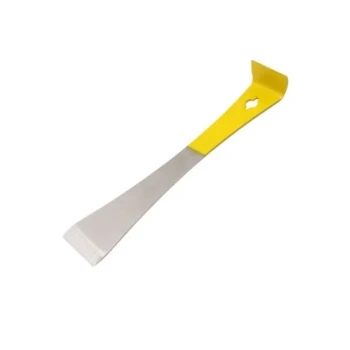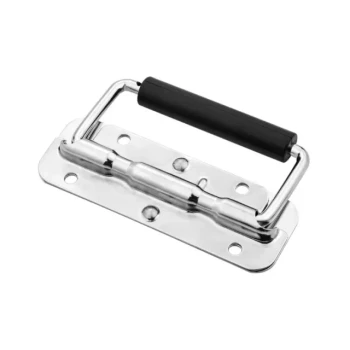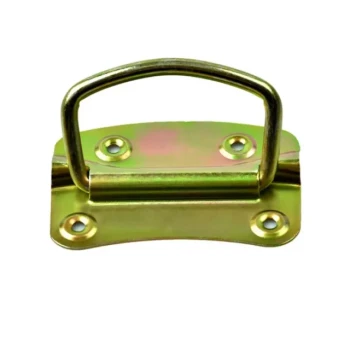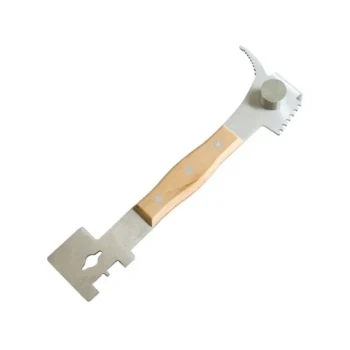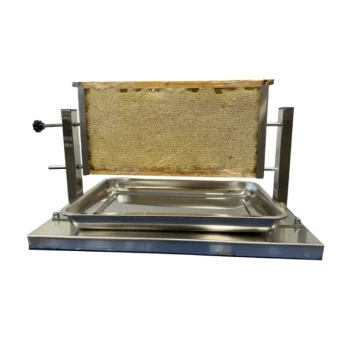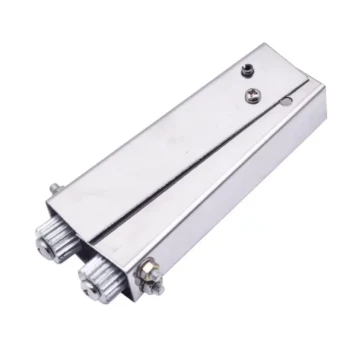In short, a hive stand is a dedicated structure used to elevate a beehive off the ground. Its core purpose is to provide a stable, level base that protects the colony from ground moisture, pests, and temperature fluctuations, while also making the hive more accessible for the beekeeper.
A hive stand is not just a platform; it's a foundational piece of equipment that directly impacts hive health, security, and ease of management. By separating the hive from the ground, you solve multiple problems before they can begin.
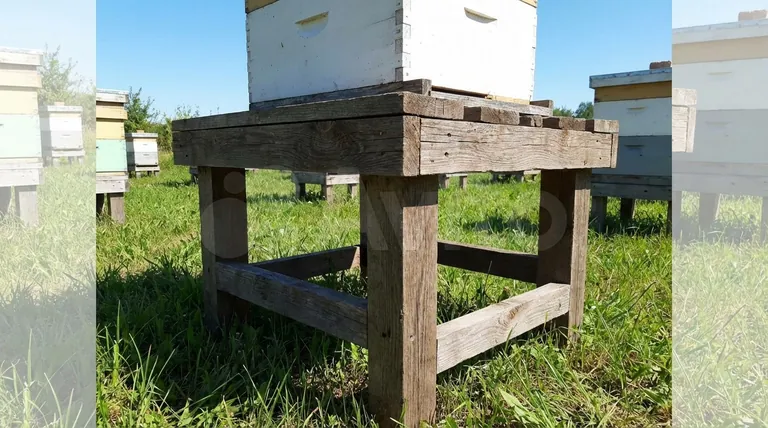
The Core Functions of a Hive Stand
A simple stand provides several critical benefits that contribute directly to a healthier and more productive colony. Each function addresses a common environmental challenge that bees face.
Elevating for Hive Health
Lifting a hive even a few inches off the ground prevents the bottom board from absorbing moisture. A consistently damp bottom board can lead to wood rot and foster the growth of mold and mildew inside the hive, creating an unhealthy environment for the colony.
Enhancing Colony Insulation
The ground acts as a massive heat sink, especially during colder months. By creating a layer of air between the hive and the ground, a stand helps insulate the colony, allowing the bees to expend less energy on maintaining the cluster's temperature and more on raising brood and storing resources.
Providing Crucial Stability
A hive stand offers a solid, level foundation. This is vital in areas with uneven terrain or high winds, as it prevents the hive from tipping over. A level hive also encourages bees to draw straight, uniform comb, which is essential for easy and safe hive inspections.
Practical Benefits for the Beekeeper
Beyond colony health, a good hive stand makes the practice of beekeeping more sustainable and effective for the person managing the hives.
Reducing Physical Strain
Beekeeping involves lifting heavy boxes filled with bees, brood, and honey. Elevating the hive to a comfortable working height (typically 12-18 inches) significantly reduces the strain on a beekeeper's back and knees during inspections and honey harvesting.
Deterring Common Pests
Elevation creates a significant barrier for ground-based pests. It makes it much harder for ants to establish trails into the hive and can discourage skunks or other small mammals from disturbing the hive entrance.
Understanding the Trade-offs
While a hive stand is almost universally recommended, the type you choose involves considering a few key factors.
Material and Durability
Wooden stands are common and easy to build, but they can rot over time if not properly treated. Metal stands offer superior longevity but often come at a higher cost. Many beekeepers also use simple, durable cinder blocks as a low-cost, rot-proof option.
Cost vs. DIY Solutions
You can purchase various styles of commercial hive stands, some with features like adjustable legs. However, building your own from lumber or simply using stacked cinder blocks is a perfectly effective and budget-friendly alternative for many beekeepers.
Height and Stability Balance
A taller stand is better for your back, but it can also raise the hive's center of gravity, potentially making it less stable in very strong winds. You must balance ergonomic comfort with the environmental conditions of your apiary.
Making the Right Choice for Your Goal
Selecting a hive stand depends on your priorities, environment, and budget.
- If your primary focus is low cost and simplicity: A pair of leveled cinder blocks provides a durable, rot-proof, and highly effective solution.
- If your primary focus is ergonomics and convenience: A commercial stand made of wood or metal at waist height will make inspections far more comfortable.
- If you are in an area with uneven ground or high winds: Prioritize a heavy, wide-based stand, perhaps with adjustable legs to ensure the hive is perfectly level and secure.
Ultimately, providing a proper stand is a foundational step in responsible and successful beekeeping.
Summary Table:
| Function | Benefit to Hive | Benefit to Beekeeper |
|---|---|---|
| Elevation | Prevents moisture, rot, and mold | Reduces physical strain during inspections |
| Insulation | Protects from ground's cold, saving bee energy | Promotes a stronger, more productive colony |
| Stability | Prevents tipping, encourages straight comb | Enables safer, easier hive management |
| Pest Deterrence | Creates a barrier against ants, skunks, etc. | Reduces hive disturbances and losses |
Ready to build a stronger foundation for your apiary?
At HONESTBEE, we supply durable, commercial-grade beekeeping supplies and equipment to apiaries and distributors. A stable hive stand is just the beginning. Let us provide the reliable equipment your operation needs to ensure colony health and beekeeper efficiency.
Contact HONESTBEE today for wholesale inquiries and elevate your beekeeping success.
Visual Guide
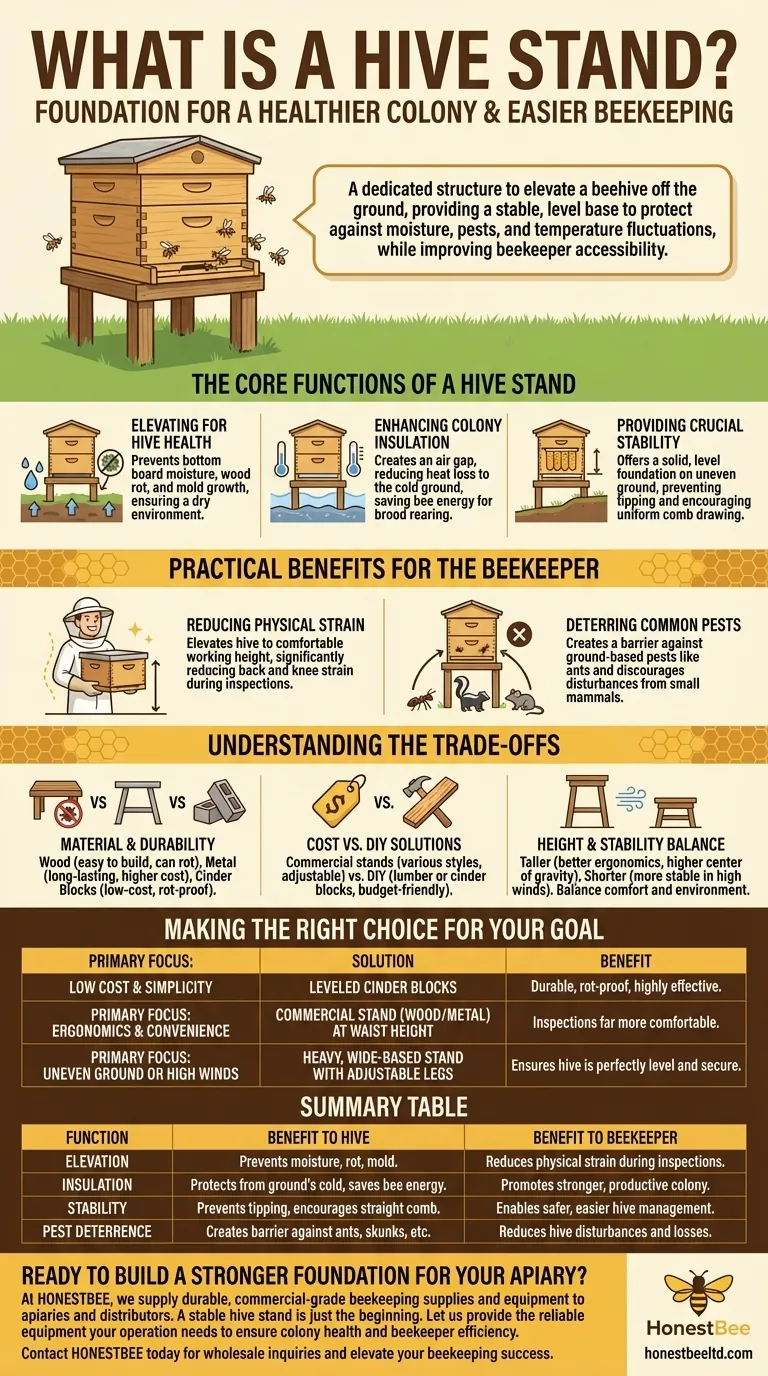
Related Products
- Professional Engraved Round Hive Number Tags for Beekeeping
- Plastic Bee Hive Stand for Beekeeping
- Metal Hive Feet Bee Hive Stand for Ant Protection
- Metal Bee Hive Stand Bee Box Stand for Beekeeping
- Professional Drop-Style Hive Handles for Beekeeping
People Also Ask
- Why are Posca pens commonly used for marking queen bees? The Safest, Most Durable Method for Beekeepers
- What maintenance is required for hive straps? A Guide to Cam Buckle vs. Ratchet Strap Care
- What are the characteristics of Posca pens for marking queens? A Safe, Durable Solution for Hive Management
- How should a Posca pen be prepared for queen marking? Ensure a Safe, Precise Mark Every Time
- Why is it recommended to buy at least two bee hives? Boost Your Success with a Second Colony






